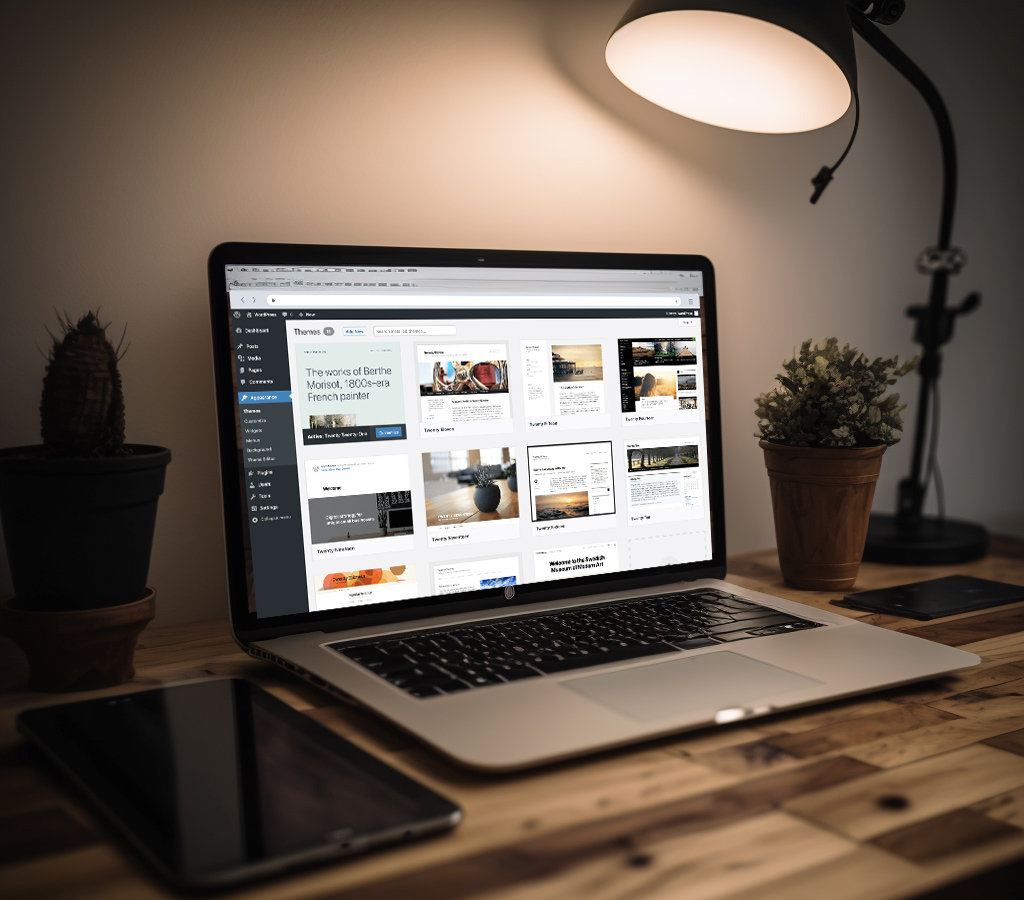
Website design and WordPress
May 2, 2023
Why choose us?
May 10, 2023Any company, group, or person today must have a website to compete in the digital world. But merely having a website is insufficient. To avoid losing potential clients or visitors, your website must be user-friendly. In this article, we will talk about the value of user-friendly website design and how it might impact the success of your online presence.
 Introduction
Introduction
User experience (UX) is crucial in the field of web design. A website is user-friendly if it is simple to use, pleasing to the eye, and offers a smooth surfing experience. It is created with the user in mind and strives to make using the website as simple and enjoyable as possible.
What does “user-friendly website design” entail?
Designing a website that is user-friendly entails making it responsive, intuitive, and easy to navigate. The website should be created to satisfy the needs of the user and give them a satisfying and enjoyable experience. An accessible website should include easy-to-read typefaces, clear and succinct navigation, and eye-catching designs and imagery.
Simple and direct navigation
A website’s navigation is a crucial component of usability. Users should be able to easily and quickly find what they are seeking thanks to easy website navigation. Users should be able to understand where they are on the website and how to get to where they want to go thanks to clearly defined navigation.
Simple-to-Read Fonts
A website’s fonts should be simple to read and offer users a relaxing reading experience. The font should be large enough to read comfortably without straining the eyes, and its color should stand out against the background.
Graphics and images with a pleasing aesthetic
The user experience can be improved, and a website can become more engaging, by using visually attractive visuals and images. They ought to be of superior quality, pertinent to the information on the page, and the right size. Graphics and pictures should be optimized for web use in order to ensure a quick loading time for a user-friendly website.
User-Friendly Website Design’s Advantages
For businesses and organizations, having a user-friendly website has several advantages. Here are a few examples:
More active user participation
Users are more likely to engage with the material and spend more time browsing a website when they have a nice experience there. Businesses may see improved conversion rates and higher revenue as a result of this elevated engagement.
SEO (search engine optimization) improvements
When ranking websites, search engines like Google put the user experience first. A website’s SEO can be enhanced, and its visibility in search engine results pages can be increased, by having a user-friendly website with high-quality content and simple navigation.
Improvement of Brand Reputation
A website that is easy to use can improve a brand’s reputation by giving users a good experience. Positive user experiences improve the likelihood that users will recommend a website, which can increase both brand exposure and customer loyalty.
Common Errors in Website Design to Avoid
To ensure a great user experience, some common errors should be avoided when creating websites. To name a few:
Unorganized Design
Users may find it overwhelming and challenging to find what they are looking for on a cluttered website. Often, a good design is one that is clear and uncomplicated.
Unreliable Navigation
Users may become confused and find it challenging to navigate the site if the navigation is inconsistent. Users should have a clear notion of where they are and how to reach where they want to go thanks to consistent navigation throughout the site.
Long wait times
Users who are frustrated by slow loading times may quit the site before it has even loaded. Websites’ visuals and images should be optimized for quick loading.
The success of a website depends on its usability.
